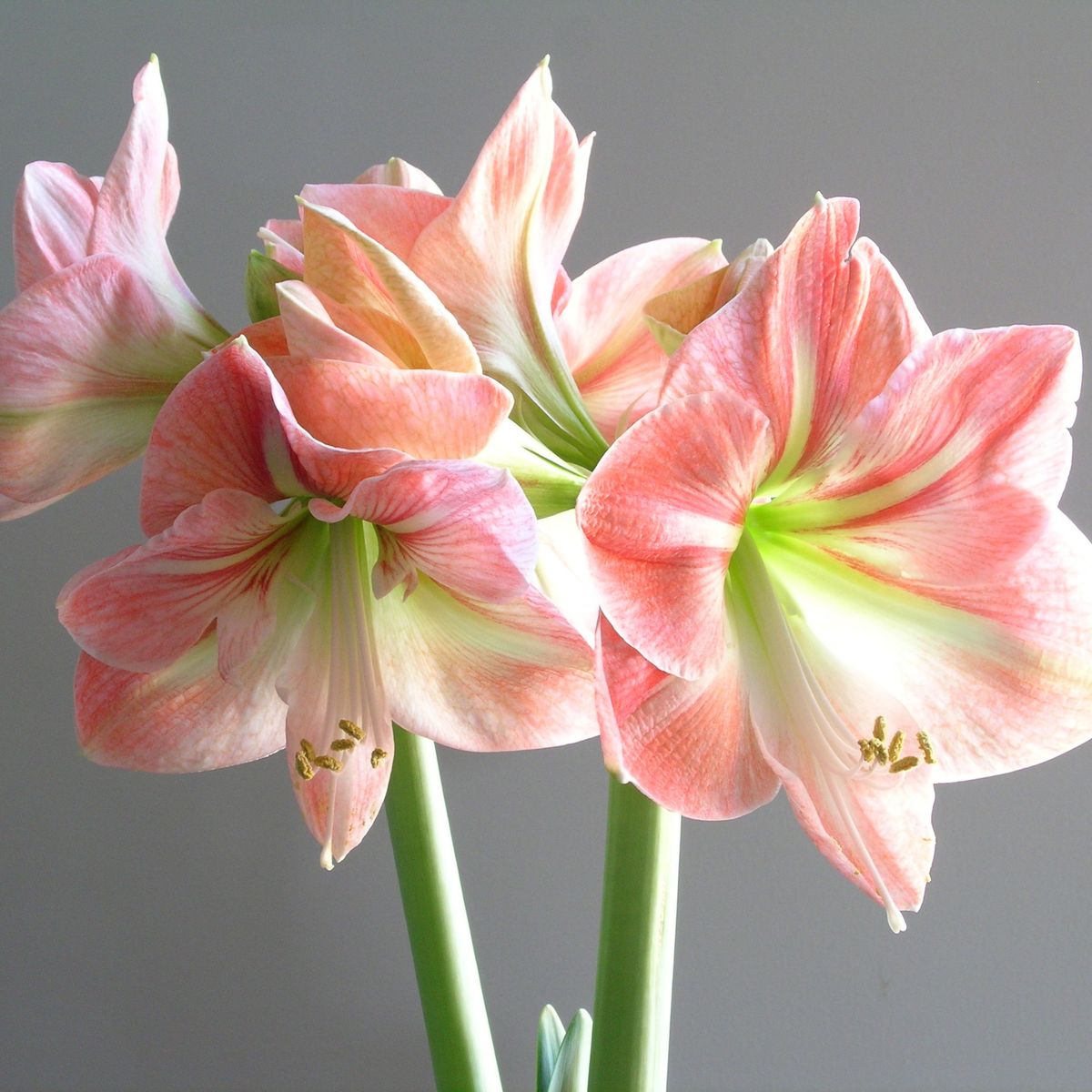![]()
Great greenhouse tips and useful information to keep your greenhouse running efficiently.
:: Construction Tips
:: Garden Tips
:: Articles
The joys of starting your own seeds are many — earlier harvests, greater variety, healthier seedlings, cost savings, and the fun of watching plants grow!
Sowing Seeds
Soak seeds in hot water overnight to speed germination. Seeding in pot-paks and/or flats is most convenient . Sterilize all “used” pots, flats, tools with Physan 20 . Use only sterilized starting mixes to help prevent damp-off disease. Mix very fine seed with fine sand or milled sphagnum moss. Scatter over growing medium. Our Super Seed Sower and Pro-Seeder help you to not over-seed and will cut down on tedious thinning.
Sow small seed 1/2″ apart; large 1″ apart. Most fine seeds don’t need to be covered. Cover other seed with a sifting of fine soil. Use a fine mist sprayer (#6342) to mist thoroughly. DO NOT LET THEM DRY OUT. Reduce evaporation and maintain humidity by covering with a dome. Capillary matting is also a great aid.
Germination
Seeds need darkness, moisture and heat to germinate. Keep them in a dark area. Seeds have enough food stored inside, so they need only water — no fertilizer yet. DO NOT LET THEM DRY OUT. Most seeds germinate best at a constant temperature between 65° F to 75°F. For best results, use a heat cable or grow mat.
Seedling Stage
When the majority sprout, move them off the bottom heat source and remove the dome. Water them with a diluted all-purpose fertilizer, and make sure they get enough fluorescent light at the right height. After they have 2 pairs of true leaves, they can be transplanted to larger containers.
Enjoy the miracle of Mother Nature in action!
Mrs. Charley











